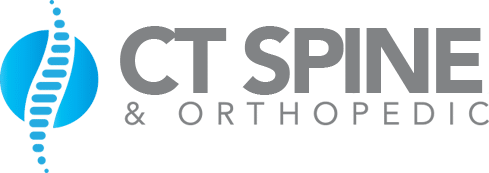A recent study explored the relationship between menopause and lower back pain. The study’s authors noted that a lack of vitamin D because of menopause is associated with increased severity of lower back pain, such as degenerative disc disease. If you suffer from degenerative disc disease, which may lead to sciatica, contact the back doctors at NJ Spine & Orthopedic. They can create a treatment plan specific to your condition and help eliminate your pain.
What is Degenerative Disc Disease?
Fibrous discs sit between each vertebra, and they act as shock absorbers for the spine. Discs also function to stabilize the spine, allowing you to move more freely and maintain pain-free movement. Your spine’s health is an essential part of your well-being and provides the freedom to do everyday tasks pain-free. However, these discs begin to dry out and lose some of their flexibility and elasticity as we age, which is how degenerative disc disease forms. The discs become thinner and absorb less shock, leading to more painful and stiff movements. Doctors refer to this as degenerative disc disease, which may lead to sciatica.
Degenerative Disc Disease May Lead to Sciatica
When you have degenerative disc disease, the body will compensate for the loss of stability by producing more bone to stabilize the spine. These bone growths could crowd the spinal canal, causing spinal stenosis. When there is less space between the vertebrae, it can pressure the sciatic nerve, causing sciatica. Symptoms are generally pain and numbness down one or both legs.
Treatments may include physical therapy or minimally invasive surgery. However, many patients find relief through strength and flexibility training, trigger point injections, and supplements.
Vitamin D Affects Bone Health
Vitamin D is a fat-soluble vitamin that has multiple functions in the body. Your body produces it after sunlight exposure, and one of the main functions of vitamin D is to support bone health. The body also needs vitamin D to absorb calcium and phosphorus, which are vital for bone production. When the body is deficient in calcium, it will break down your bones to pull calcium back into the bloodstream. Without adequate vitamin D, the body is unable to absorb enough calcium to prevent this breakdown.
A vitamin D deficiency can lead to low bone density and diseases, such as osteoporosis. This condition gradually weakens the bones, causing them to break more easily. It can cause painful vertebral compression fractures. A primary cause of osteoporosis, in addition to a vitamin D deficiency, is lower estrogen production after menopause.
How Estrogen Affects Bone and Spine Health
Estrogen plays a significant role in both male and female bone health. It also promotes the activity of osteoblasts, which are the cells that produce bone. Additionally, estrogen helps slow down the breakdown of bones and encourages bone growth. The spine maintains tissues that contain collagen, which is part of intervertebral discs. However, estrogen levels drop during menopause, compromising bones’ health. The combination of low estrogen and vitamin D can cause and impact back pain. This combined may lead to other lower back pain, such as degenerative disc disease or sciatica.
Contact the Skilled Back Doctors at NJ Spine & Orthopedic
If you suffer from back pain caused by menopause, contact the award-winning back doctors at NJ Spine & Orthopedic. When you first partner with us, a specialist will work with you one-on-one to get to the root of your back pain. To learn more about our services, give us a call at (866) 272-9271 or complete our contact form. You can be confident that we will do everything possible to eliminate your pain.

